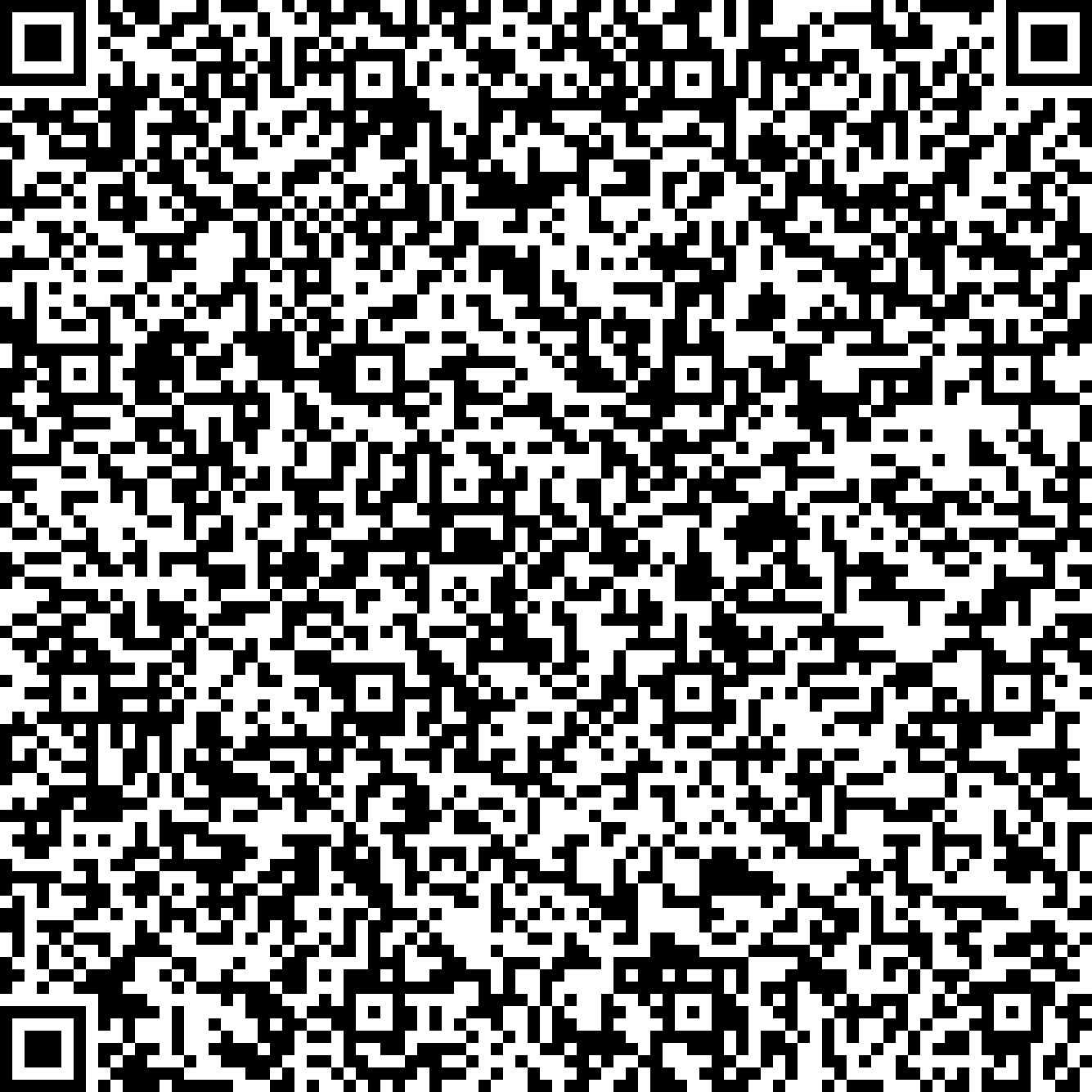


Carbon nanotubes are an interesting class of one-dimensional nanostructures that are promising for chemical and bio sensing applications due to their large surface-to-volume ratio. Our sensing devices comprise of individual or few single-wall carbon nanotubes (SWCNTs) contacted by electrodes and are integrated in microchannels or microwells. The first part of the talk will focus on the use of electrochemistry as a preparative tool, to functionalize the surface of contacted SWCNTs to render them sensitive to a broad range of analytes. We have designed a generic route to immobilize a wide spectrum of receptors on to the nanotube surface either in a covalent or non-covalent manner [1]. The receptors range from simple organic moieties through nanoparticles to biomolecules. The second part of the talk will deal with the sensing response of such functionalized SWCNT devices. The devices work in a liquid-gated electrochemical field-effect transistor configuration [2], where the electrical double layer at the nanotube-liquid interface functions as the gate capacitor. The focus will be on two examples: (a) non-enzymatic sugar sensors [3] and (b) highly sensitive DNA sensors [4]. In the first case, we focus on the sensing mechanism, while in the latter we demonstrate that we can detect few copies of DNA (attomolar range) directly in buffer solutions without the use of labeling or sandwich approaches. The talk concludes with implications for future on-chip SWCNT chemical and bio sensors.
[1] K. Balasubramanian and M. Burghard, J. Mater. Chem. 18, 3071 (2008).
[2] K. Balasubramanian Biosens. Bioelectron. 26 1195 (2010).
[3] A. Vlandas, T. Kurkina, A. Ahmad, K. Kern, K. Balasubramanian, Anal. Chem. 82 6090 (2010).
[4] T. Kurkina, A. Vlandas, A. Ahmad, K. Kern, K. Balasubramanian, Angew. Chem. Intl. Ed. 50 3710 (2011).



Carbon nanotubes are an interesting class of one-dimensional nanostructures that are promising for chemical and bio sensing applications due to their large surface-to-volume ratio. Our sensing devices comprise of individual or few single-wall carbon nanotubes (SWCNTs) contacted by electrodes and are integrated in microchannels or microwells. The first part of the talk will focus on the use of electrochemistry as a preparative tool, to functionalize the surface of contacted SWCNTs to render them sensitive to a broad range of analytes. We have designed a generic route to immobilize a wide spectrum of receptors on to the nanotube surface either in a covalent or non-covalent manner [1]. The receptors range from simple organic moieties through nanoparticles to biomolecules. The second part of the talk will deal with the sensing response of such functionalized SWCNT devices. The devices work in a liquid-gated electrochemical field-effect transistor configuration [2], where the electrical double layer at the nanotube-liquid interface functions as the gate capacitor. The focus will be on two examples: (a) non-enzymatic sugar sensors [3] and (b) highly sensitive DNA sensors [4]. In the first case, we focus on the sensing mechanism, while in the latter we demonstrate that we can detect few copies of DNA (attomolar range) directly in buffer solutions without the use of labeling or sandwich approaches. The talk concludes with implications for future on-chip SWCNT chemical and bio sensors.
[1] K. Balasubramanian and M. Burghard, J. Mater. Chem. 18, 3071 (2008).
[2] K. Balasubramanian Biosens. Bioelectron. 26 1195 (2010).
[3] A. Vlandas, T. Kurkina, A. Ahmad, K. Kern, K. Balasubramanian, Anal. Chem. 82 6090 (2010).
[4] T. Kurkina, A. Vlandas, A. Ahmad, K. Kern, K. Balasubramanian, Angew. Chem. Intl. Ed. 50 3710 (2011).